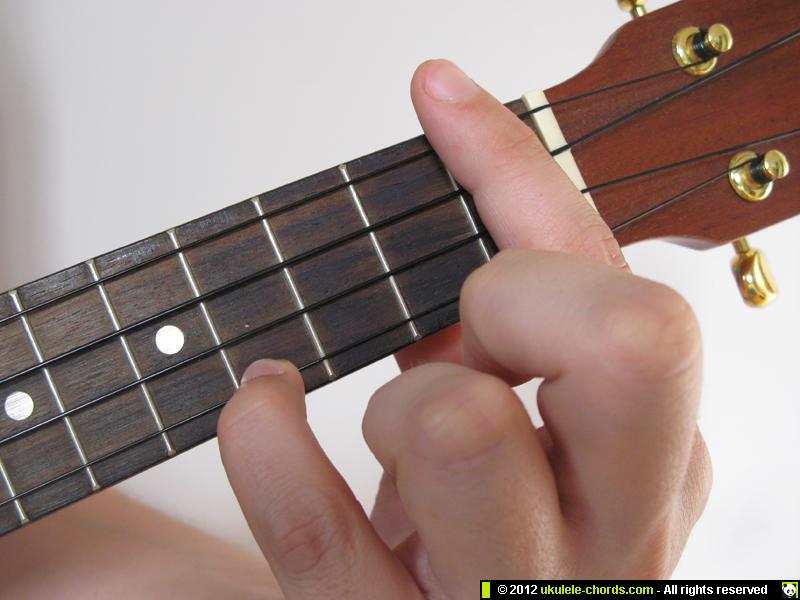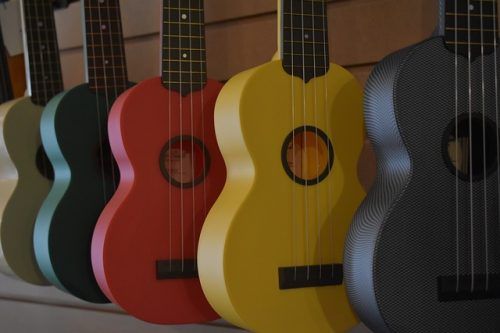Chapter 8 Reflection
During my reading this week, I learned about the power of the teacher-librarian. It was so amazing to learn about the role that teacher-librarians have in the inquiry learning process. As Trevor MacKenzie and Rebecca Bathurst-Hunt describe on pg. 109, the library I remember was one where you would quietly grab a book or two of your choice, sign it out from the librarian, and either head back to the classroom to read or find a spot in the library. Then in high school, as our school shifted to an X model, the library changed into a seminar space. This meant that our library was a communal workspace where students would on assignments during our spare blocks. Therefore, the library and all of its resources were essentially overlooked. Additionally, our school librarian only worked two days out of the week. So, the thought of going to the librarian for help would have never crossed my mind.
Now, to learn that teacher-librarians hold so much power in children’s learning process is really inspiring and makes you appreciate how far things have come.
To summarize, Trevor MacKenzie and Rebecca Bathurst-Hunt claim that teacher-librarians:
- help learners collaborate by teaching them the proper language to do so
- help learners communicate their needs
- help learners become familiar with the library learning space
- can design their space in a way that promotes inquiry
- help nurture learners’ research skills by guiding them through the process
- help fellow teachers find resources and scaffold their teachings
All of this information is from:
MacKenzie, T., & Bathurst-Hunt, R. (2018). Inquiry mindset: Nurturing the dreams, wonders & curiosities of our youngest learners. EdTechTeam Press.
https://www.trevormackenzie.com
http://rebeccabathursthunt.com
Protected: Week 7 Reflection
Questions in Inquiry-Based Learning
This week, I learned about the role of questions in inquiry learning communities. Trevor MacKenzie and Rebecca Bathurst-Hunt argue that “questions are the heart of inquiry classroom and the foundation of the inquiry mindset we are nurturing in our learners.” Questions develop students’ universal need for agency, so prioritizing them is essential. From my reading of chapter 7, I also learned about an ‘essential question’. An essential question has many characteristics. To name a few, they should provoke deep thought, result in an original answer, should help students conduct problem-related research, though, they may not have an answer. The overall question must also be meaningful to the student because they are more likely to be engaged with it when they are.
I also read about different ways of honouring students’ questions. The first example is through a ‘curiosity jar’. A curiosity jar is a tool used in the classroom for students to write down their questions or wonders and put them inside the jar. Then, once the jar has some questions the teacher can use them to lead lessons. At carpet time, teachers can pull out the questions and ask the students questions about the question so that they are leading the process. I also really liked the idea of the ‘living library’. In this method, students’ questions are answered by experts based on the question. For example, a child might wonder “how many houses a mailperson delivers to every day”. The teacher then reaches out to a mailperson in the community to answer the question. Doing this shows two things: that the teacher is also on the learning journey with the student and that information can be accessed from sources other than the internet.
Overall, I learned that there are so many ways to acknowledge students’ questions in the classroom. I am really looking forward to implementing the strategies in this book in my future classroom.
All of this information is from:
MacKenzie, T., & Bathurst-Hunt, R. (2018). Inquiry mindset: Nurturing the dreams, wonders & curiosities of our youngest learners. EdTechTeam Press.
Ukulele Progress Update #2
I have made some progress since my last ukulele update. I am starting to be able to move from note to note faster than before. Now that I am getting better at this, the songs that I play aren’t sounding as choppy. I have not learned any new notes since I last checked in. Since I have been focussing my time on learning to play RRRYB, Hush Little Baby, and how to island strum, I haven’t been looking at any other songs. The youtube videos that I have been watching every week are based on learning to strum. Strumming is the skill that I am struggling with the most. I have yet to find a hand form that doesn’t hurt my fingers while strumming. Additionally, I find it very challenging to strum while singing. When I start to integrate singing into the strumming, I lose my rhythm. So for now, I will only strum and leave out singing until I am better at it.
Youtube link for strumming video:
Week 6 Reflection- Inquiry High School
This week we had the pleasure of listening to Jeff Hopkins showcase his Pacific School of Innovation and Inquiry. He did a really amazing job of conveying the importance of inquiry-based education. I appreciate how he highlighted the power we have as elementary school teachers to follow inquiry-based teaching methods in our classrooms. I was inspired by his story of how much hope and trust he put into this school when founding it. I was even more inspired when he said “we hope that we go out of business” when referring to his hopes of the ministry of education switching their curriculum and ways to inquiry-based learning. I think it truly showed his dedication to this topic.
When Jeff showed us the website that one of the students has designed for selling local art, I was totally inspired. It was so amazing to see someone at such a young age doing such amazing things already. This girl’s accomplishments prove how unique inquiry-based learning is since, in a traditional school, students would not have this autonomy over their learning. Overall, I have really appreciated these last two sessions as they bring life to the book I am reading for my free inquiry (Inquiry Mindset).
Here is Jeff Hopkins’ school site: https://learningstorm.org
Week 5 Reflection and Inquiry Update
I really enjoyed this week’s class which was lead by a guest host Trevor MacKenzie. Because my free inquiry project for EDCI 336 is based on his book Inquiry Mindset, it was really cool to be able to meet him “in person”. He began the class by introducing the four types of inquiry; structured, controlled, guided, and free. He then shared with us an image of a swimming pool that depicts the structure of these various types of inquiry. As I have already learned about the types of inquiry through reading Trevor’s book, I understood its relations to the gradual release of responsibility. Basically, as you move into the deeper end of the pool, responsibility releases from the teacher. 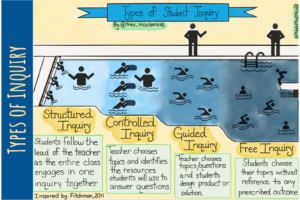
Photo by Trevor MacKenzie on @trev_mackenzie
Since Inquiry Mindset is more focused on elementary ages, it was interesting to hear Trevor hone in on the high school side of inquiry. He provided us with examples of provocations and how he uses them in his English 12 class. I was really grateful that he gave an example of a provocation because I had a hard time grasping the idea while reading the book. From what I now understand, a provocation is any image, gif, or video that provokes thought about a topic to deepen understanding of a topic through exploratory talk. 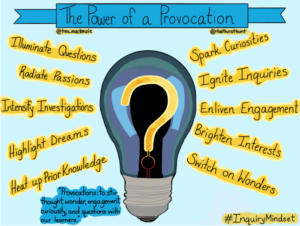
Photo by Trevor MacKenzie on @trev_mackenzie
I am really passionate about inquiry education and am so excited to bring it with me through my teacher education journey. I think it connects with me on a personal level because if I were brought up in an inquiry-based school, I believe I would have enjoyed my school years much more.
Ukulele Progress Update
I have really been enjoying the first month or so of learning how to play the Ukulele. I began my journey by watching YouTube videos to learn some beginner notes. I then looked for easy songs to learn how to strum. The first song I could find was “Riptide” by Vance Joy. Although the notes were fairly easy to follow, I found it difficult to “island strum”. I worked through a couple other of popular songs before deciding to focus on three songs that I want to master. The three songs that I want to learn are Row, Row, Row Your Boat, Hush Little Baby, and Riptide. I think Row, Row, Row Your Boat will be a simple start to practice the notes I need to be comfortable with for my other songs. So far, I am comfortable playing the following notes:
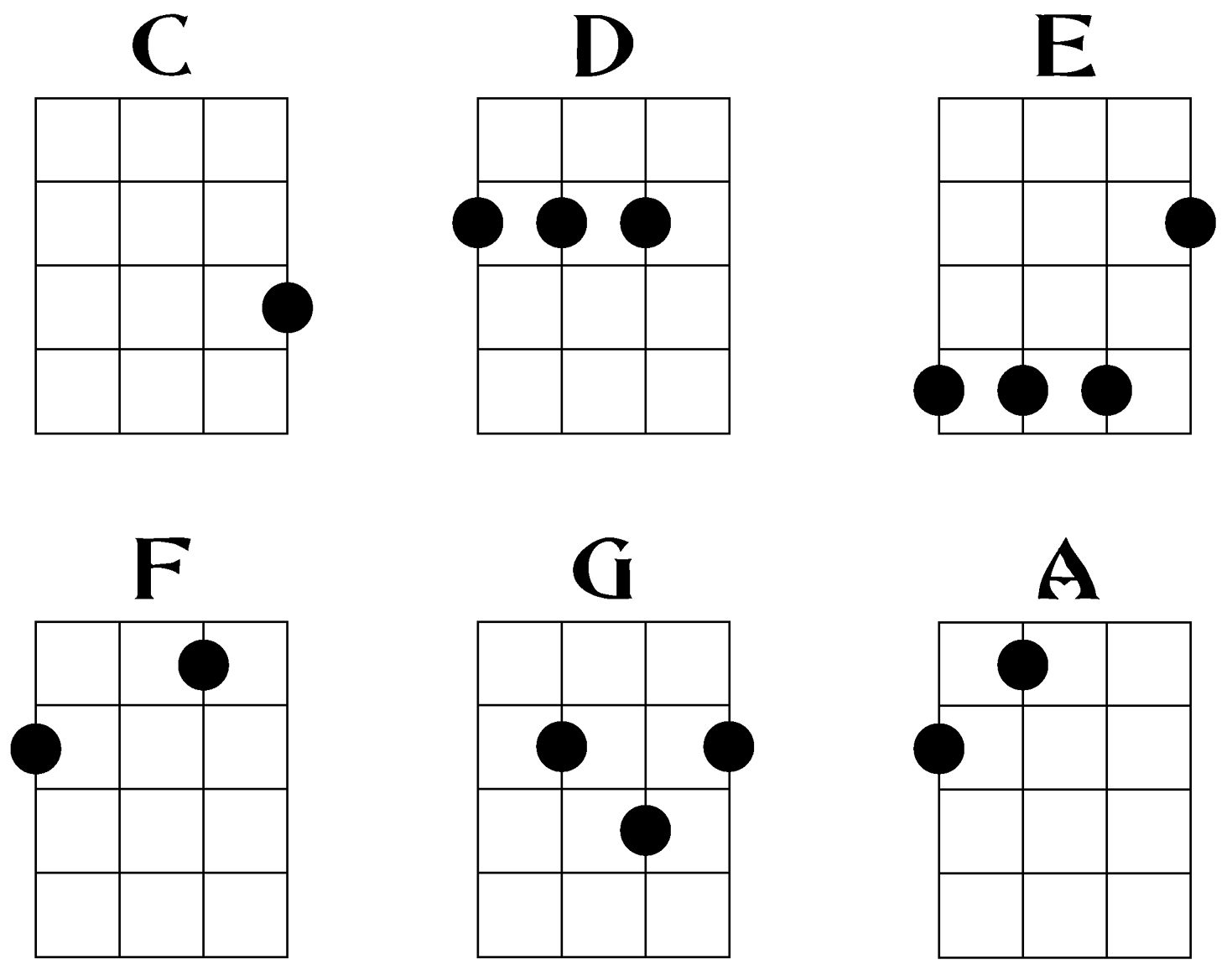
Image sourced from https://www.austinbazaar.com/blog/ukulele-chords-how-to-play-ukulele/
I am struggling to move my fingers fast enough on the ukulele to play sixteenth notes. I also have a hard time singing the lyrics along with the melody of the song. With that being said, I will try to master playing the song before singing along to it.
Thanks for checking in!
Lauryn
The Procedure of a Free Inquiry
In the Inquiry Mindset book, authors Trevor MacKenzie and Rebecca Bathurst-Hunt describe Free inquiry as the most powerful type. When students reach the free inquiry stage, they should have already experienced the three other types of inquiry beforehand. It is essential that students have at least experienced guided inquiry prior to a free inquiry project because they need to understand how to question and observe.
Trevor MacKenzie and Rebecca Bathurst-Hunt propose a framework for a “Free Inquiry Proposal”:
- “What is your essential question? Why is it meaningful to you?” This question not only deepens the learners connection to their question, but also allows teachers to assist their learners in their journey.
- “What is your authentic piece? How will you make your learning public?” When students decide how they want to demonstrate their learning they are more likely to engage the audience they are presenting to.
- “What will you read, research, and study to help explore your essential question?” The authors highlight the usefulness of the teacher librarian in this situation. They hold a wealth of knowledge on so many resources that are likely to help each student study their inquiry topic. Additionally, the authors mention a “wonder wall”.
- “What are your goals for your Free Inquiry?” This question in particular steers students away from aiming for a letter grade of percentage to label their work. Instead it requires them to dive deeper into what or who they are really for.
- “What learning evidence will you gather to capture everything you are learning about your essential question?” Here, students reflect on the research strategies they already know how to use. In this process, students autonomously identify their learning style.
- “What is your plan?” For older students, this means students track their own progress and set their own goals. In the younger years, the teacher will create a collective class calendar to use for children to keep on track with their inquiries.
One thing I have taken away from this week’s reading is that pursuing a Free Inquiry takes lots of time and preparation. The authors advise new teachers especially to hold off on Free Inquiry for a longer amount of time until they have enough knowledge from performing the other types of inquiry.
All of this information is from:
MacKenzie, T., & Bathurst-Hunt, R. (2018). Inquiry mindset: Nurturing the dreams, wonders & curiosities of our youngest learners. EdTechTeam Press.
Week Four Reflection
In this week’s class, we had a guest speaker, Jesse Miller. In both elementary and high school, Jesse visited to host sessions on internet safety and cyber-bullying. So, I am familiar with his work. Although, it was really interesting to listen to him from an educator’s point of view. He addressed photo consent, which is something I have always been curious about. I follow many teacher accounts on Instagram that post pictures of their children at work and don’t even blur out their faces or put an emoji over them but then I also follow teachers that do. I would often look at their posts and wonder how the consent works for that. What I picked up from Jesse was that it is an individual process and there really isn’t a widespread rule. Some teachers might send out forms to parents to ask for photo consent and if all agree, those children can be posted on Instagram or it could be verbal consent from parents before the pictures are posted.
I also shared my personal experience with the class of a high school teacher including a photo of me in her TED talk without my consent. I remember when I first found out about the video, I just thought to myself how it was weird that I never knew about the video and then I was in it. I didn’t think too much of it until I told my mom and she was furious. When my Mom spoke to the teacher who hosted the TED talk, she told me that I agreed to it when I allowed her to take a quick picture of me observing the bark of a tree behind our school. So, she thought that me saying yes to a quick harmless picture of working meant that she could include it in her TED talk that would be posted for anyone to view.
Looking back on this situation now as a Teacher Candidate, I realize how unethical her actions were. If anything, I think I can grow from this experience and know that I will take consent and the right surrounding technology much more seriously in my future classroom. I really appreciated Jesse coming into our class and found it really engaging.
Thanks for reading,
Lauryn




